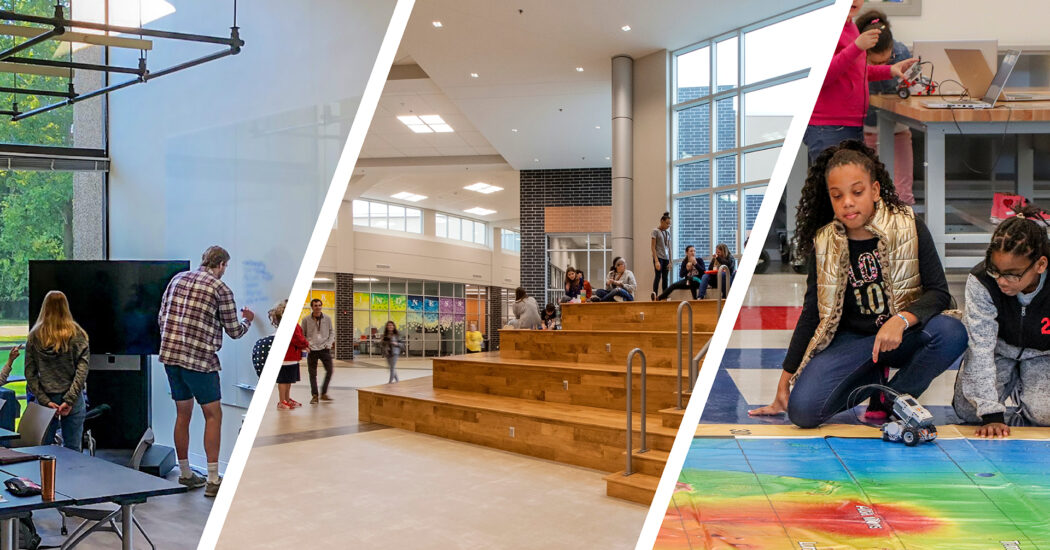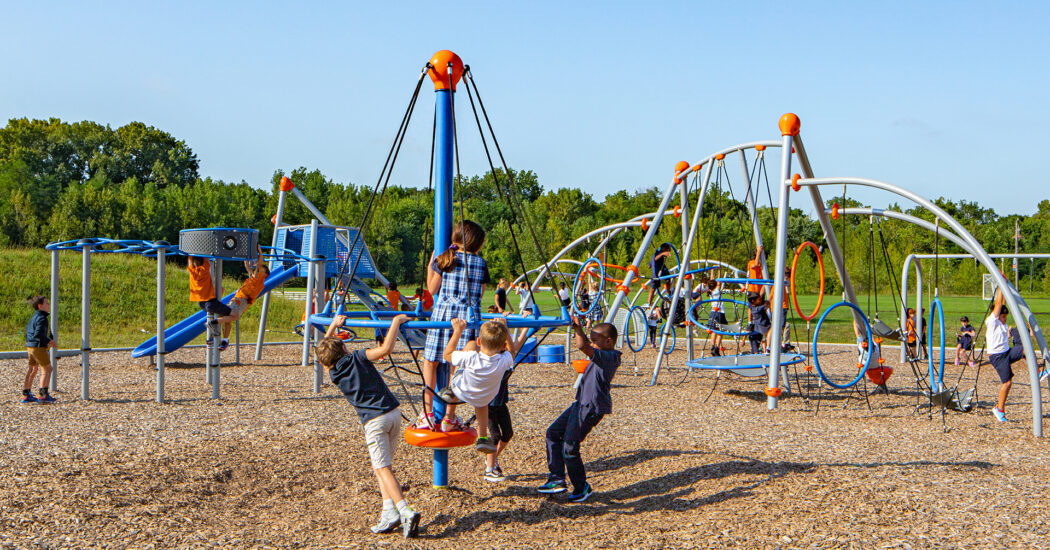School’s Out for Summer?
-
Category
Studio-K12 -
Posted By
Tom Neff -
Posted On
Aug 30, 2016
With Schmidt Associates’ 40th birthday just celebrated, we thought it would be interesting to explore some of the ways in which the challenges and expectations of our clients and their stakeholders have evolved over the last four decades. This month, we’re publishing four spots on what “40 years on” have meant for the team in our K-12 Studio.
In the second of our blog posts on key issues in the world of K-12 and its evolving built environment, Tom Neff, a Principal of Schmidt Associates, takes a sideways look at what happens when “school’s not out for summer”.
Four years before Schmidt Associates was conceived, a young and shockingly exciting Alice Cooper sprang the anthemic School’s Out for Summer on an unexpecting world. That world was immediately split between those who disapproved (or had to look as if they disapproved) and those for whom there has never been, before or since, a more expressive celebration of the freedom and promise of the summer vacation.
Scroll forward 40 years and numerous cover versions – and the time when school had absolutely fixed periods of operation and could effectively close its doors for every vacation – is in the rear view mirror. Today, communities demand flexibility of access and operational issues such as renovations and repairs need to be scheduled to “service the engines while the plane is flying”.
A combination of issues, from the needs of young people to access engaging and fulfilling activities during long holiday periods to a desire to reduce “knowledge loss” stemming from prolonged absence from the learning environment, means that school up-time requires more time than ever before. What are the implications for design and engineering professionals and their clients?
The short answer is that we have to become ever smarter in our approach to anything that might result in disrupted availability to even a small part of the school environment. Nor are our smarts restricted to the summer vacation. Year round and job by job, we now have to ask ourselves a series of routine questions that would probably not have occurred when Alice was first strutting his stuff. How can we achieve the most in the shortest possible time? How can we combine activities most effectively to minimize disruption and downtime and get every facility back in full usage as quickly as possible? How can we do the most with the least? (In terms of resources ranging from money to materials to manpower.)
The best answers derive from the most effective relationships between the general and the specific. At Schmidt Associates, our general K-12 philosophy is that most of the focus should be placed on areas where the real differences are made: positive interactions among and between students, teachers, and their environment. That means everything else in the school should be the servant of the purpose of the school. Infrastructure should work quickly, quietly, efficiently, and responsively. Physical facilities should enable educational purpose. However, we are also well aware that we need to be able to follow through with practical approaches. And that’s where the specific comes in.
Across 40 years of ever increasing expectations on infrastructure and resources, we have developed our own techniques to make us as responsive as possible to the K-12 needs. Without getting overly trapped in the detail, our essential approach is to treat each school as each school treats each student: as an individual. That means we don’t trade in generalities or thereabouts. We examine the detail, in detail. That involves spending time on the schools’ grounds. It means assessments that document with great precision what needs to be done today, what can be safely put off until tomorrow, and what can make the greatest long-term contribution to keeping the school up and running.
In the course of this process, we quickly discovered that two heads are better than one and one hundred are better than two. A school is a complex ecosystem of individual and linked sub-systems. So it pays to be able to draw on the skills of our own in-house architects, designers, engineers, and technology and specialist trade experts in one unified analysis of the situation. This way, we can come back with a remarkably accurate view of how to proceed.
The outputs can be as simple as avoiding ripping up fresh plaster this month to renewing decaying pipes that were overlooked last month. (Simple, yes, but how many school hours have been lost down the decades by precisely this kind of imperfect timing and avoidable disruption?) Or they can be transformational – the adoption of expertly specified infrastructure that transforms a previously uncomfortable or even unworkable school environment. In all cases however, across these 40 years, we are proud to have honed the skills that mean, the words of the immortal Alice Cooper don’t apply at any time of the year: school’s out for summer, school’s out for ever”? Not anymore.






